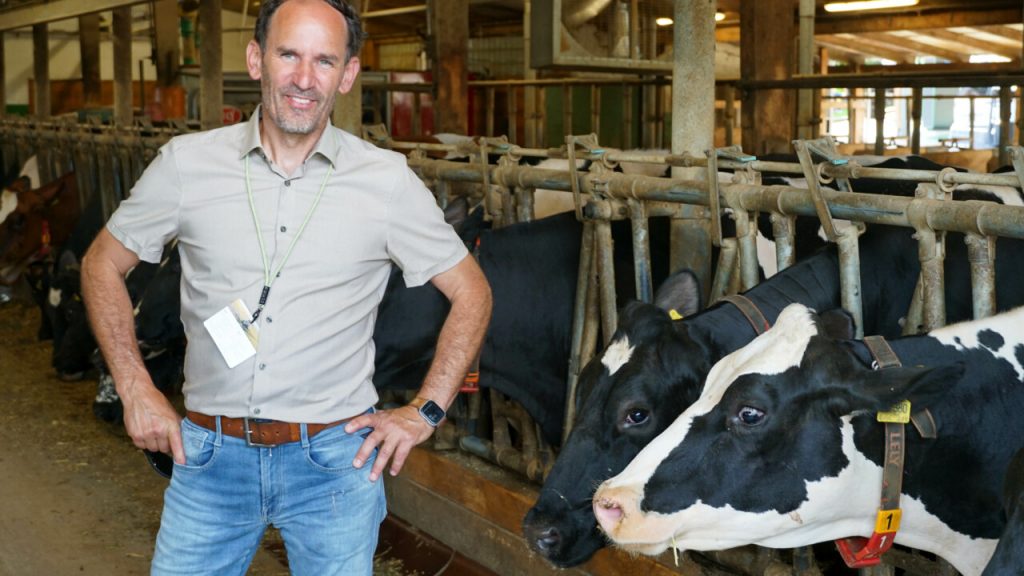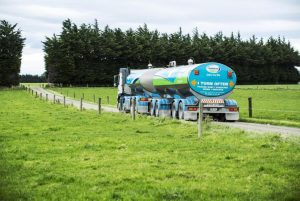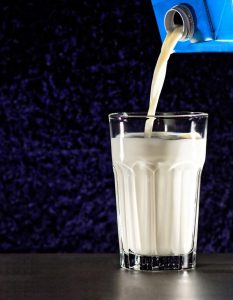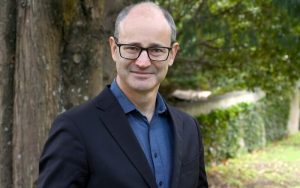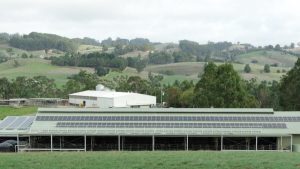
Some patterns of farming are so well established that to think beyond what is considered the accepted norm, is to court accusations of irrationality, and some might consider a 600-day lactation period as such.
One such case is that of Tobias and Claudia Dreher of Bad Saulgau in Baden Wurttemberg, south Germany, who not only have adopted a novel dairy system but have also taken community involvement to a whole new level.
Tobias tends to look after the cattle and farming operations while his wife, Claudia runs the other activities that the farm is involved in, which mainly involves holiday accommodation, a petting farm, cafe and milk shop.

The farm is family-owned and it was Tobias’ father who, 50 years ago, erected the current cow shed that now houses 100 Holstein cattle within, and a full array of solar panels on the roof.
Doing it differently
This arrangement is in no way remarkable, but the novel approach to managing the herd makes the farm stand out as being quite different from what might be expected, and that plan is based on a two-year calving interval.

Calving itself is all year-round, ensuring a constant supply of milk to the farm shop, cafe and dairy kiosk, which is open 24/7 and sells not just the liquid milk, but also dairy products such as ice-cream and yoghurts.
When combined, these two factors hold many advantages according to Tobias, and most of these centre around halving the annual workload and costs.
Insemination for instance, which he does himself, requires around 50 straws a year instead of 100.
Another benefit is that being Holsteins, the calves are not worth a great deal, so the reduction in calf-rearing costs, which results in a low value animal, is also to be welcomed.
30,000L per lactation
The target is for each cow to provide 30,000L/lactation and this is usually met. Any that under-perform are culled out of the herd.
The average number of lactations lies around three per animal.
The herd is housed all year-round and are fed with a Wasserbauer feeding robot. This prepares fresh feed for the animals 10 times a day from storage bins which are topped up with grass and maize silage on a daily basis.

The farm aims for a 6mm chop length for its silage along with a 37% dry matter (DM), making for an appetising feed that tends towards light, fluffy and sweet smelling, rather than wet soggy and sour.
To create a feed ration, the robot automatically transfers the grass and maize silage into the mixing hopper, according to predefined values, and supplements the mixture with grain meal.

Having done so, it then travels around the feed track guided by an overhead rail, running down one side of the feed passage crossing over at the end for the second side.
Having completed the feeding, it returns in reverse back up the track.
As it traverses the passage, it dispenses the mix in a line in front of the cows. This process is fully automated with no human intervention required other than the filling of the feed bins.
Lely Astronauts
The task of milking has also been handed over to robots, with two Lely Astronaut A3s being installed to take care of getting the milk into the bulk tank.
Alongside the feed passage are slats with a collection tank underneath, while there is a generous layer of sawdust in each cubicle.

The whole set-up is designed to cause as little stress to the animals as possible. The herd appeared clean, content and unstressed despite the large number of people milling about.
A long lactation, year-round calving and housing has produced an easily managed herd without the peaks and troughs normally associated with the passing seasons.
Despite it being an open farm, there is a welcome serenity that not every farm achieves.
Beyond the dairy
However, producing milk is just one of the three main enterprises on the farm. The other two are generating electricity and offering short-term accommodation to holidaymakers and longer-term lets to companies wanting to house staff.
The electricity is generated via the aforementioned roof panels, which provide up to 450kWp (the peak output of the array) and a series of anaerobic digesters that supply 420kW of electricity and heating for up to 60 houses.

Thus it may be said that the second crop for the 260ha farm is energy and there are 150ha of ground devoted to tillage that feeds the digesters; this is in addition to the 100ha reserved for the dairy herd and 10ha of ground kept for grazing.
The electricity is sold into the grid or consumed on the farm and the village that sits immediately behind it. Indeed, it is difficult to tell where the farm finishes and the village starts.
There is a charging station for two cars within the farm area and Tobias himself runs a Tesla, which, with his own production facility by which to charge it, suits him well.

Supplying electricity and hot water to the neighbourhood and constructing holiday lets and long-term let apartments adjacent to the village has integrated the farm into the local community in a way that is rarely seen, if ever, in Ireland.
The Dreher family appear to have created a successful blend of farming, power generation and provision of accommodation that might be difficult to emulate everywhere.
But it does suggest that switching to a long-term lactation can free up the time to pursue other enterprises whatever the location.
You can now read the most important #news on #eDairyNews #Whatsapp channels!!!
🇺🇸 eDairy News INGLÊS: https://whatsapp.com/channel/0029VaKsjzGDTkJyIN6hcP1K
